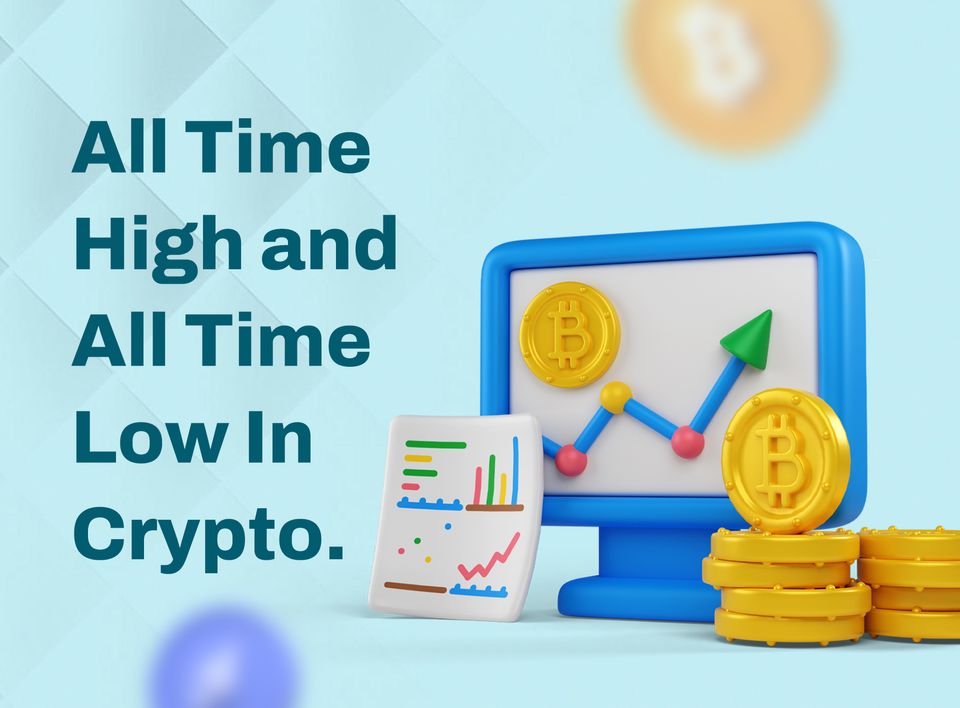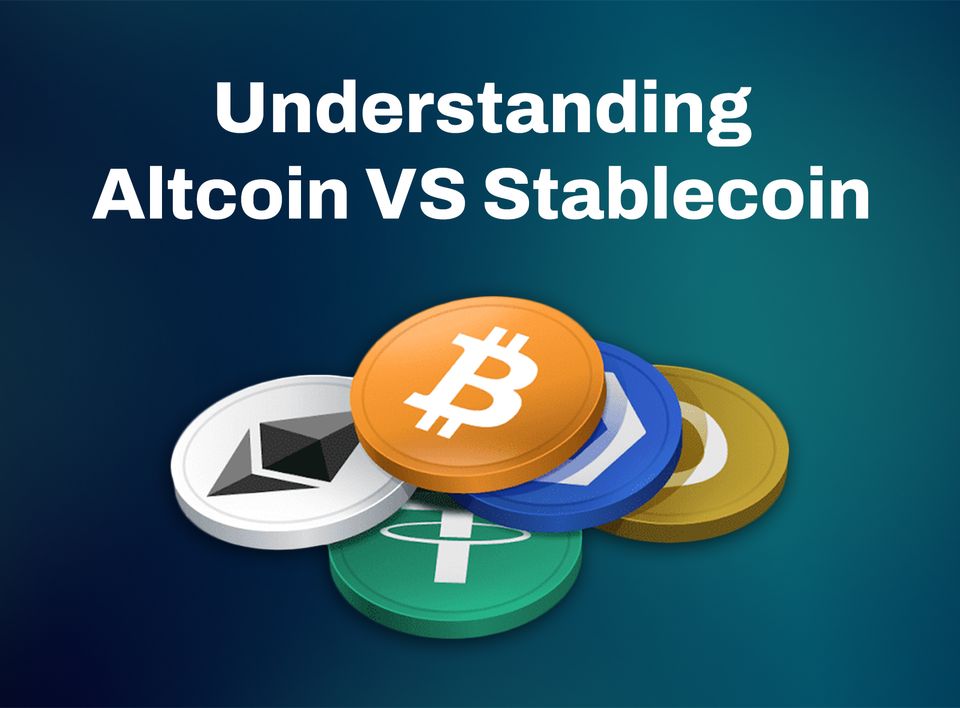Crypto Tokenomics; 5 Things That Affect Crypto Price And Value
Tokenomics is an umbrella term for all the factors that affect a coin or token's value, such as maximum and circulating supply, utility, distribution, incentive structure, and allocation.
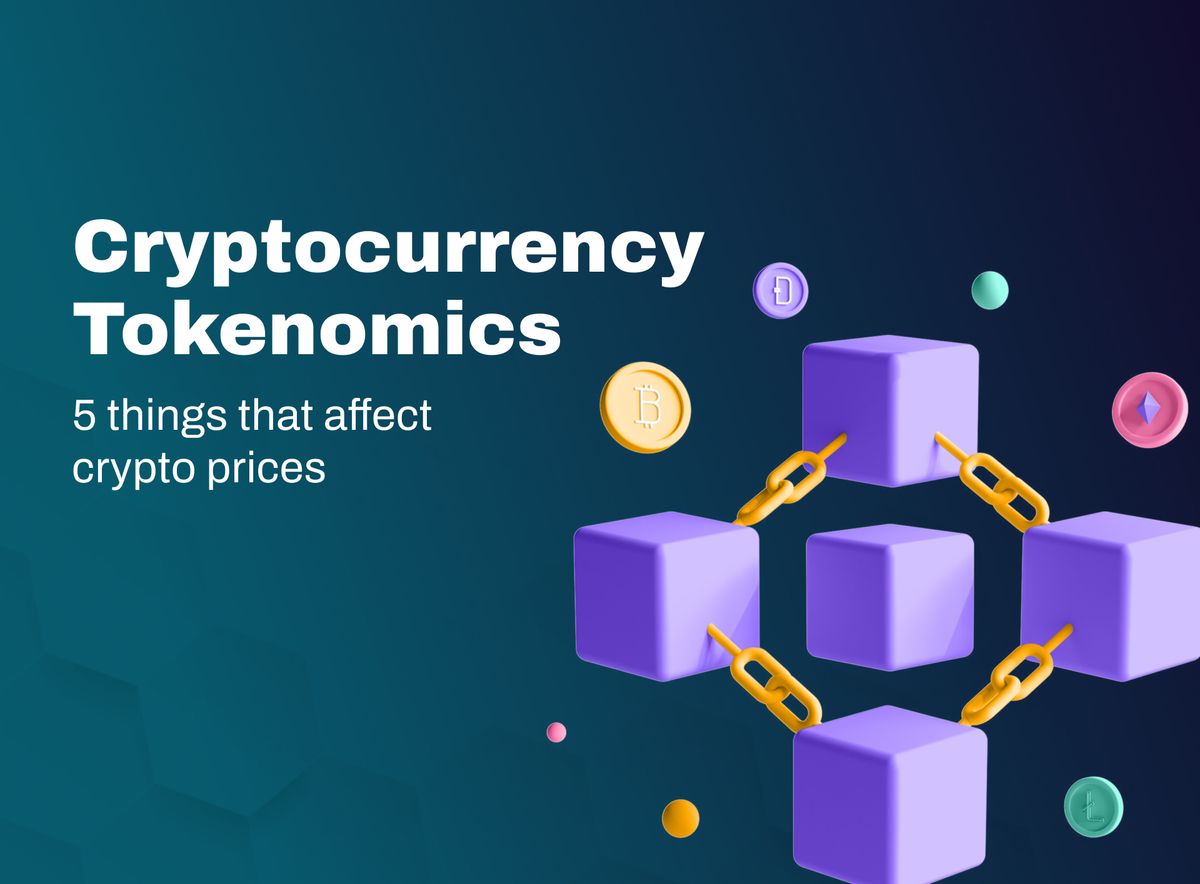
TL: DR - Tokenomics is an umbrella term for all the factors that affect a coin or token's value, such as maximum and circulating supply, utility, distribution, incentive structure, and allocation.
Table of Contents
- What is a Cryptocurrency Coin?
- What is a Cryptocurrency Token?
- What is Tokenomics?
- Elements of Tokenomics
- Token Supply
- Token Utility
- Token Distribution
- Token Incentive Structure
- Token Allocations and Vesting
- Why Should You Pay Attention To Tokenomics?
- FAQs
Let's say you want to buy a new phone from an online store. You scroll through the list of available phones till you find one you like. Typically, there should be a list of specifications about the phone's features and capabilities, like battery life, camera pixels, network specs, storage capacity, etc.
This list would help you decide whether to buy the phone or look for other options. Tokenomics is like this list but for cryptocurrency tokens. It's all the important economic details investors need to know before buying a token.
In this article, we'll explore the different elements of tokenomics, from utility to supply up to distribution.
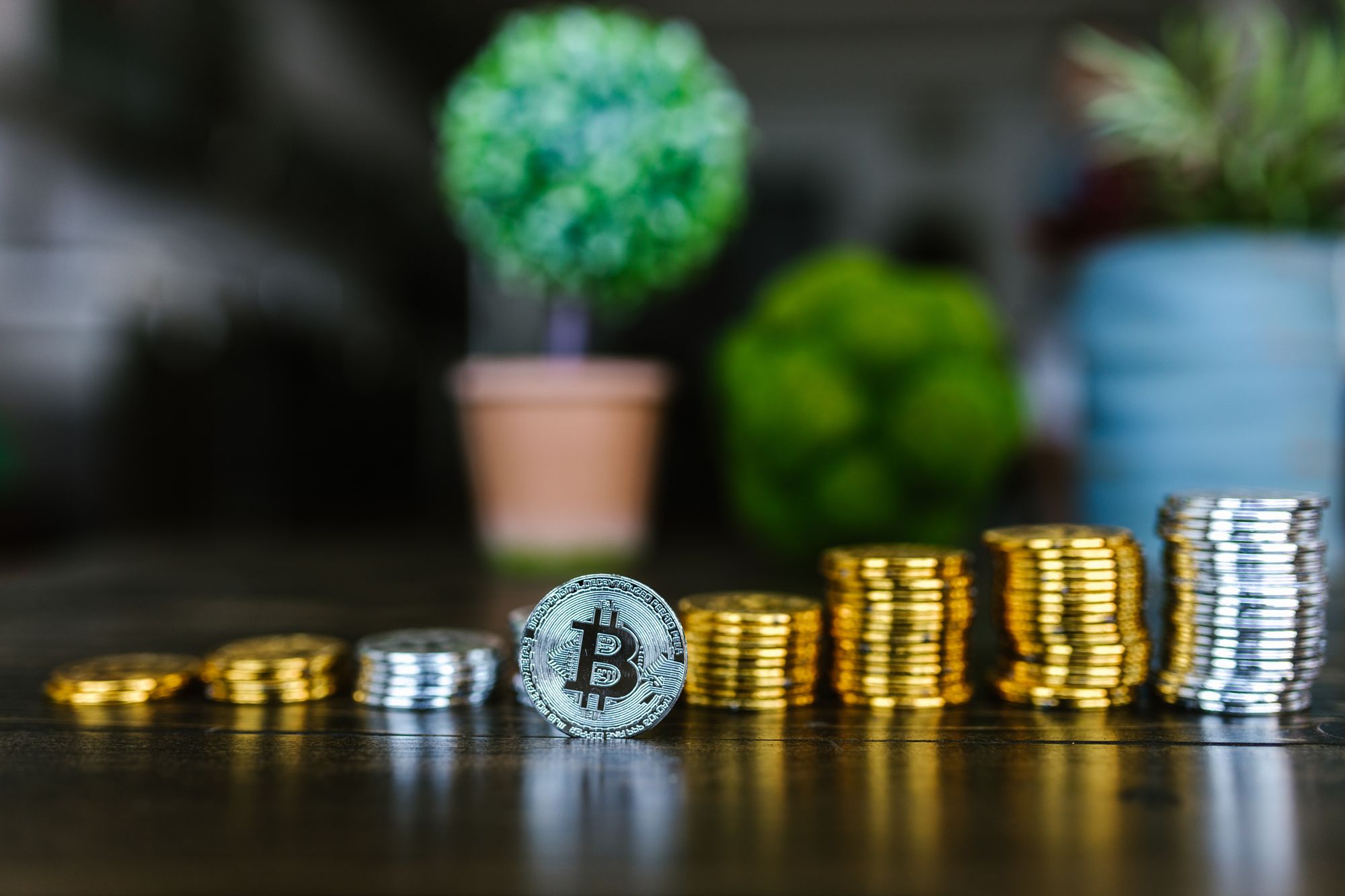
What is a Cryptocurrency Coin?
A cryptocurrency coin is a digital currency or unit of value that runs on its own blockchain. Think of a coin as a house built on land owned by its parents. For example, ETH is native to and operates on the Ethereum Blockchain, and BTC is native to and operates on the Bitcoin Blockchain.
Some commonly traded coins are Bitcoin (BTC), Ether (ETH), BNB, Solana (SOL) and Ripple (XRP).
What is a Cryptocurrency Token?
A cryptocurrency token is a digital unit of value or currency that doesn't run on its own blockchain but is developed and operated on existing blockchain networks like Ethereum. Using our house analogy, a coin is a house built on land its parents own, while a token rents space on that land to build a house.
Some commonly traded tokens are Tether (USDT), USD Coin (USDC) and DAI
Please Note: For the purpose of this article, 'Token' refers to both coin and token. Although they are slightly different, tokenomics apply to both.
What is Tokenomics?
Tokenomics is a fusion of the words "token" and "economics". It is an umbrella term for all the elements and factors that affect a coin or token's utility and value.
okenomics is a crucial part of any cryptocurrency project because it can either attract or discourage investors and potential traders. Before launching any crypto coin or token, the developers and founding team must structure every tokenomic element to increase their potential for success.
Elements of Tokenomics
Five elements of tokenomics must be considered when launching a cryptocurrency. These are:
1. Token Supply
The token supply consists of the maximum supply and circulating supply.
Maximum supply is the highest number of a particular token (written into the code of a cryptocurrency by its developers) that can be mined or produced.
Once that limit is reached, no tokens will be mined or produced anymore.
For example, Bitcoin has a maximum supply of 21 million coins, while BNB has 200 million. However, some tokens like USDC and USDT have no maximum supply because they are produced and issued based on their backing reserves.
Basically, because they're pegged to the value of a fiat currency like the dollar, they won't run out as long as their fiat reserves are continually refilled.
ETH is another token without a maximum supply because the developers of Ethereum's network coded its supply to increase yearly. However, the number of ETH coins issued every year is limited.
Circulating supply is the number of tokens in circulation. Tokens can be burned, staked or minted.
Burning means the removal of tokens from circulation by a blockchain network to reduce supply.
Staking means locking your cryptocurrency in a wallet on an exchange platform to validate blockchain transactions or provide liquidity for transactions.
Minting means creating new tokens by creating new blocks or verifying transaction data on the blockchain.
These three actions can affect a token's price negatively or positively.
2. Token Utility
What can a token be used to do? Is it used for online game payments? Is it used to pay for browser features? Is it used to pay for NFTs or digital art?
Token utility is everything and anything a token can be used for. For instance, ETH is used for trading NFTs and as currency, while USDT is a stablecoin that helps manage crypto volatility.
Tokens can be used for governance, blockchain security and currency.
A governance token allows its holder to vote for changes to how a token's mechanism and organisation work. A security token is a financial asset similar to company shares. It offers holders ownership dividends and rights to a token or blockchain network.
A token with practical utility will easily attract investors, traders and venture capitalists.
3. Token Distribution
There are two primary ways to distribute or launch a token - a pre-mining and a fair launch.
Pre-mining means minting and issuing some tokens to selected people before the public launch.
Fair launch means minting and distributing tokens to the public without early access or private allocations to anyone.
It is crucial to know how a token is distributed. Knowing which individual investors, institutions or corporations hold a particular token offers insight into its value.
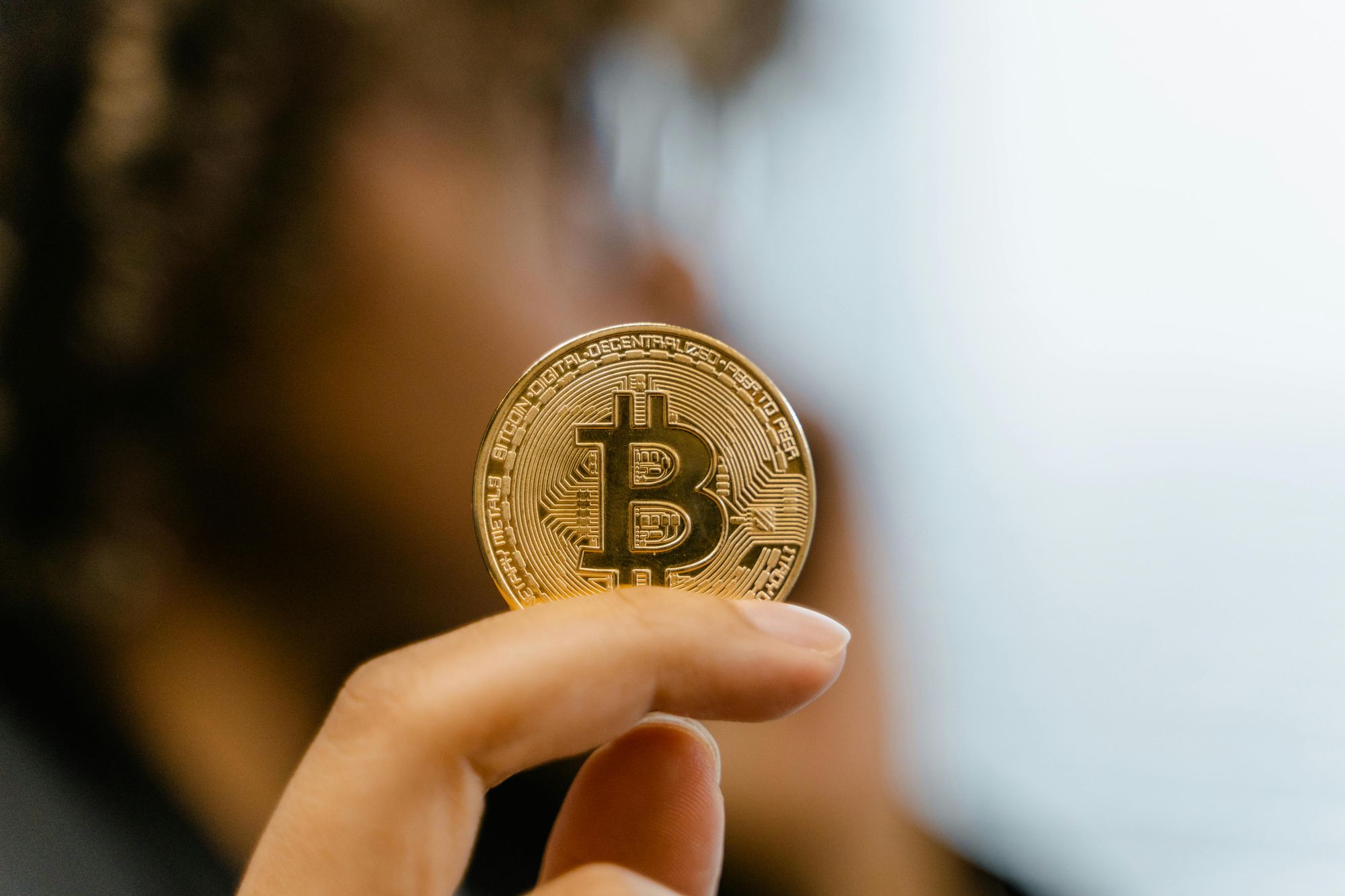
4. Token Incentive Structure
The incentive structure significantly determines a token's sustainability. It keeps miners, traders, investors, and participants returning to trade. Proof of Stake and Proof of Work are two common incentive mechanisms.
The proof-of-work model involves making miners or users solve complex math problems before creating a new block or validating a transaction. The miners are rewarded with the native coin of the blockchain, like Bitcoin, for each block they successfully create and transaction they validate.
The proof-of-stake model uses an algorithm to randomly select validators to verify new information before it's added to a block or to create a block. Validators are users who invest their cryptocurrency for use as blockchain verification. They are rewarded with cryptocurrency, like ETH, for each confirmed transaction or created block.
DeFi Staking is another mechanism where users are rewarded for locking their tokens on a blockchain. The rewards vary between platforms and cryptocurrencies. You can earn as low as 1-5% or as high as 70-150%.
How people are rewarded for supporting a token's operations can make the difference between it flopping in a year or lasting as long as ETH or BTC.
5. Token Allocations and Vesting
A particular number of tokens are usually reserved for developers or venture capitalists, with a clause that they can sell them after a set time. This token reservation is known as token allocation, and the time before the token can be sold is called a vesting period.
Why Should You Pay Attention To Tokenomics?
Knowing how a product, service or currency works is always good practice before buying it.
Think of it this way: you wouldn't buy a phone or a laptop without first checking the specifications. How much more cryptocurrency?
Over 23,000 cryptocurrencies are currently in circulation, and more are launched every other day. Getting caught up in the hype is easy, but assessing a cryptocurrency's tokenomics can help reveal the real deal.
Tokenomics is a vital part of the fundamental analysis of cryptocurrency. Fundamental analysis means finding out the critical details about a cryptocurrency.
For example, you might dive into a token's market capitalisation, price trends since launch, developer background, etc. This analysis aims to estimate the general value of a digital asset. You could use the information to adjust your trading strategy or add a coin to your portfolio. Read more about it here.
Tokenomics is an economic roadmap that shows how sustainable a token can be in the market. It covers every critical aspect a trader or investor should know, from utility to supply. Always do your tokenomics research before buying any coin or token.
FAQs
Q: What is a cryptocurrency coin?
A: A cryptocurrency coin is a digital currency or unit of value that operates on its own blockchain. Examples include Bitcoin (BTC) on the Bitcoin Blockchain and Ether (ETH) on the Ethereum Blockchain. Commonly traded coins include Bitcoin (BTC), Ether (ETH), BNB, Solana (SOL), and Ripple (XRP).
Q: What is a cryptocurrency token?
A: A cryptocurrency token is a digital unit of value or currency that does not run on its own blockchain but is built and operated on existing blockchain networks like Ethereum. Examples include Tether (USDT), USD Coin (USDC), and DAI.
Q: What is tokenomics?
A: Tokenomics is a combination of the words "token" and "economics" and refers to all the elements and factors that affect a coin or token's utility and value. It is a crucial aspect of any cryptocurrency project, influencing investor and trader interest.
Q: What are the key elements of tokenomics?
A: The key elements of tokenomics include:
- Token Supply: The maximum supply and circulating supply of a token.
- Token Utility: The various uses and functions of a token.
- Token Distribution: The method by which a token is distributed, such as pre-mining or fair launch.
- Token Incentive Structure: The mechanisms that reward participants, like Proof of Work and Proof of Stake.
- Token Allocations and Vesting: The reservation of tokens for developers or investors, with specific vesting periods before they can be sold.
Q: What is token supply?
A: Token supply refers to the maximum supply and circulating supply of a token. Maximum supply is the highest number of tokens that can be mined or produced, while circulating supply is the number of tokens currently in circulation. Actions like burning, staking, and minting can affect a token's price.
Q: What is token utility?
A: Token utility encompasses everything a token can be used for, such as online payments, trading NFTs, governance, and blockchain security. A token's practical utility can significantly attract investors and traders.
Q: How are tokens distributed?
A: Tokens can be distributed through pre-mining or fair launch. Pre-mining involves issuing tokens to selected individuals before the public launch, while a fair launch distributes tokens to the public without early access or private allocations.
Q: What is a token incentive structure?
A: A token incentive structure includes mechanisms that reward participants for supporting the token's operations. Common models include Proof of Work, Proof of Stake, and DeFi Staking. The incentive structure plays a crucial role in a token's sustainability.
Q: What are token allocations and vesting?
A: Token allocations refer to reserving a certain number of tokens for developers or venture capitalists, with a vesting period specifying when these tokens can be sold. This helps ensure the long-term commitment of key stakeholders.
Q: Why do some tokens have a maximum supply while others do not?
A: Some tokens have a maximum supply to create scarcity, which can help maintain or increase value over time. For instance, Bitcoin has a maximum supply of 21 million coins. Others, like USDT, do not have a maximum supply because they are issued based on backing reserves, ensuring availability as long as fiat reserves are refilled.
Q: How does burning tokens affect their value?
A: Burning tokens reduces the circulating supply by removing them permanently from circulation. This can increase scarcity and potentially drive up the token's value, similar to how reducing the number of available shares can increase a company's stock price.
Q: What is staking and how does it work?
A: Staking involves locking your cryptocurrency in a wallet to support network operations, such as validating transactions or providing liquidity. In return, stakers earn rewards, often in the form of additional tokens. It's like earning interest on a savings account but with cryptocurrencies.
Q: What are governance tokens and how do they work?
A: Governance tokens grant holders the right to vote on changes to a token's mechanism or organisation. This democratic approach allows token holders to influence the project's development and decision-making, similar to shareholders voting on corporate matters.
Q: How does the Proof of Work (PoW) model incentivise participants?
A: In the Proof of Work model, miners solve complex mathematical problems to validate transactions and create new blocks. Successful miners are rewarded with the blockchain's native coin (e.g., Bitcoin), providing a financial incentive to support the network.
Q: What is the Proof of Stake (PoS) model?
A: The Proof of Stake model selects validators based on the number of tokens they hold and are willing to 'stake' as collateral. Validators confirm transactions and create new blocks, earning rewards in the form of cryptocurrency. This model is more energy-efficient than Proof of Work.
Q: What is DeFi staking?
A: DeFi staking involves locking tokens in a decentralised finance (DeFi) platform to earn rewards. The rewards, which vary between platforms and cryptocurrencies, incentivise participants to support network liquidity and stability.
Q: Why should I pay attention to tokenomics?
A: Understanding tokenomics is essential before investing in any cryptocurrency. It provides insights into a token's supply, utility, distribution, incentive structure, and allocation, helping you make informed decisions and avoid potential pitfalls.
Q: How can tokenomics help in the fundamental analysis of a cryptocurrency?
A: Tokenomics provides critical details about a cryptocurrency, such as its market capitalisation, price trends, and developer background. This information helps estimate the general value of a digital asset and can inform your trading strategy or investment decisions.
Disclaimer: This article was written by the writer to provide guidance and understanding of cryptocurrency trading. It is not an exhaustive article and should not be taken as financial advice. Obiex will not be held liable for your investment decisions.


